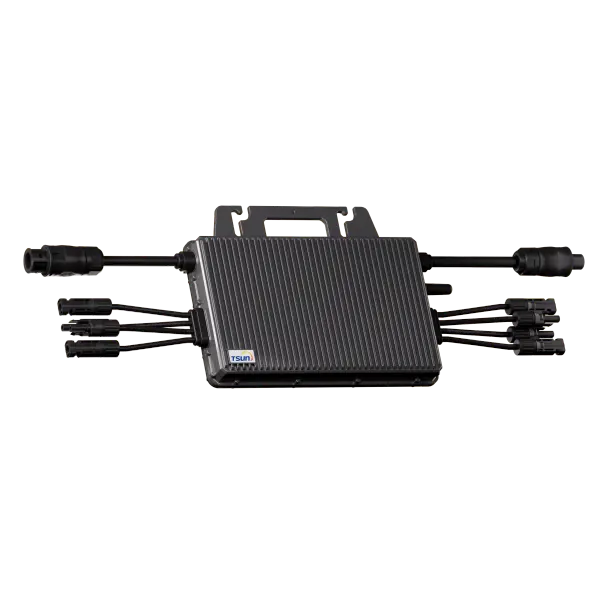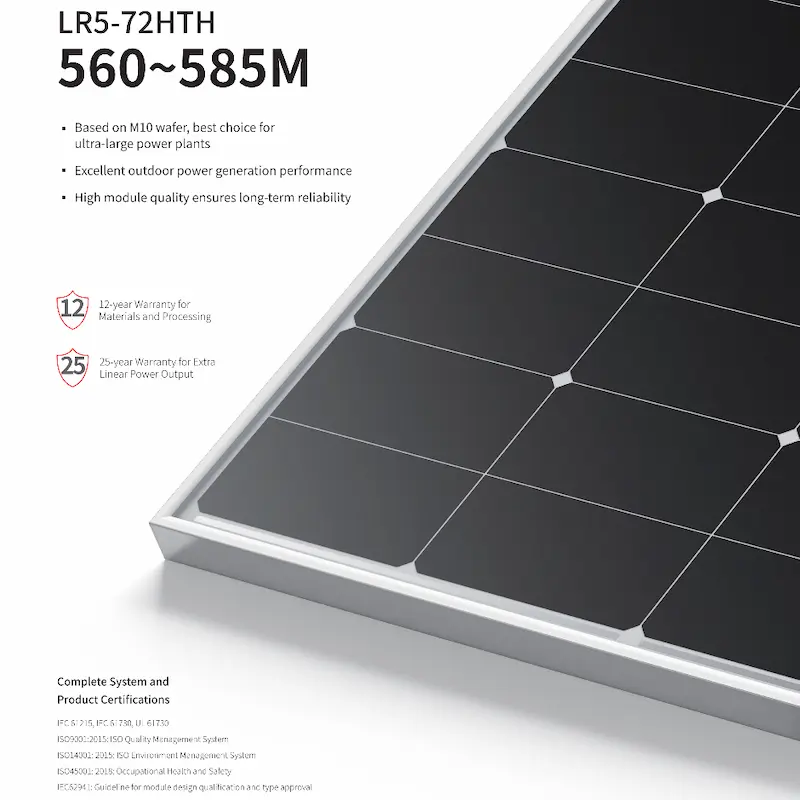Ground-mounted solar panels: what you need to know
Ground-mounted solar panels are an excellent alternative for customers who desire solar energy but have unsuitable roofs. Beyond serving as an alternative to rooftop installations, ground-mounted systems can be utilized in various settings, such as farms, gardens, and other open spaces. These systems offer flexibility in positioning and can be customized to maximize energy production, making them a versatile solution for diverse energy needs.
In this article, we’ll explain what a ground-mounted solar system is and if you should consider it for your property.

What is a ground-mounted solar panel system?
A ground-mounted solar power system is just what it sounds like – a system of solar panels that are mounted on the ground on your property, rather than on the roof of your house. A ground-mounted solar power system is just what it sounds like – a system of solar panels installed at ground level, rather than on the roof of your house. Depending on your choice of racking system, the solar panels will be positioned a few inches to several feet above the ground.
Module-level power electronics, required for rapid shutdown, will be attached to the panels, but other system components can be located some distance away, so you can put temperature-sensitive equipment like string inverters and solar batteries in your garage.
With ground-mounted installations, you have the flexibility to work with solar panels of any size, including large ‘commercial’ modules featuring 72 cells (or 144 half-cells) or more, whereas rooftop systems are typically restricted to 60-cell panels which are smaller and lighter.
Ground-mounted solar panels can be installed anywhere with good sun exposure and sufficient amounts of open space – a minimum of 350 square feet is usually required. Ground-mounted solar panels are also known as backyard solar panels, free-standing solar panels, and ground-mount PV systems.
What are the different types of ground-mount solar installations?
Standard ground mount
Standard or traditional ground mounts use multiple small anchors to support a racking table for the solar panels. Many anchor types can be used, including concrete piers (most common), driven piers, helical piles, and concrete ballasts. The best anchoring method for you will depend on your ground conditions.
Standard ground mount systems typically hold the solar array in a fixed position, although options for manual adjustment are gaining popularity.
The standard ground-mount system is the easiest and most cost-effective solution for a ground install, and also the most popular.
Pole mount
To build a pole-mount solar system, you’ll dig a single deep hole in the ground. It’ll hold a large pole, upon which you’ll connect your rails and mount your solar panels.
Pole-mount systems offer greater clearance from the ground, which is useful in avoiding foliage or other ground obstructions. We’ve even seen animals grazing and taking shelter from the sun underneath them!
Another advantage of pole mounts is that they can easily incorporate a single-axis or dual-axis tracking system; these enable the panels to follow the sun over the course of the day and thus produce more energy.
On the flip side, pole mounts with tracking systems have a higher cost per watt, so it’s usually more cost-effective to buy a standard ground-mount array featuring a greater number of panels.

What are the pros and cons of ground-mounted solar panels?
Here’s what to consider if you’re thinking about going solar with a ground-mounted solar panel installation.
Pros of ground-mounted solar panels
1.Great way to bypass any roof issues, existing or potential (limited space, structurally weak roof, etc.)
2.Higher energy production, as you can position your solar panels in the optimal direction and angle
3.Easy to clean and maintain
Cons of ground-mounted solar panels
1.More expensive than a rooftop solar system
2.Takes up valuable real estate
3.Affects the home’s overall aesthetic
4.Harder installation process
The biggest advantage with ground-mounted solar panels is that they offer greater control over your solar panel direction and angle. Solar panels need to face either south or southwest to receive maximum direct sunlight. On flat ground, you can position solar panels in any direction you want to maximize sun exposure, unlike on a slanted roof.
This advantage means ground solar panels often receive more sunlight, allowing them to generate more solar power, thus saving you more money.
Your roof may also have obstructions, such as a skylight or chimney, which would make it difficult to install panels there. The ground generally provides more room to install more panels than the roof does.
On the other hand, panels on the ground can interfere with your home’s overall aesthetic more than they would on the roof. Installation of ground panels also takes significantly more time and effort and is generally more expensive than rooftop panels.
However, if your ground-mounted system is also able to produce more energy, then this extra cost can be offset over time.
Final thoughts on ground-mounted solar panels
Ground-mounted solar panels can provide a number of advantages over standard rooftop panels. The extra energy they’re able to produce can make them well worth the price. With ground-mounted systems, you have greater flexibility in positioning the panels to optimize their exposure to sunlight, which can result in increased energy production. This flexibility can be particularly beneficial if your roof isn’t ideally oriented or if there are obstructions that limit the potential of rooftop installations.
Another advantage of ground-mounted solar panels is that they are easier to access for maintenance and cleaning, which can help maintain optimal performance over time. Additionally, if you have ample space on your property, ground-mounted systems can be scaled up to meet larger energy demands, making them a good choice for homes with high energy consumption.
To determine if ground-mounted solar panels are the best option for your home, it’s important to do some research on your own and talk to your local solar installer. They can provide valuable insights based on your specific circumstances, such as the layout of your property, local regulations, and the potential savings you can achieve with a ground-mounted system. By considering all these factors, you can make an informed decision about how ground-mounted solar panels can best help you meet your home’s energy needs.

Contect us
We have the optimal Ground-mounted solar panels for your customer!
PIKESTEC specializes in designing, researching, developing, producing, and servicing solar photovoltaic mounting systems. Our systems can be installed on tile roofs, flat roofs, ground installations, carport solar mounting systems, and more. You can contect us for more information!




